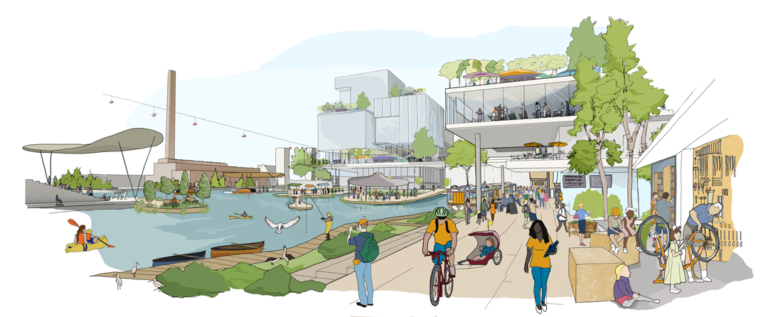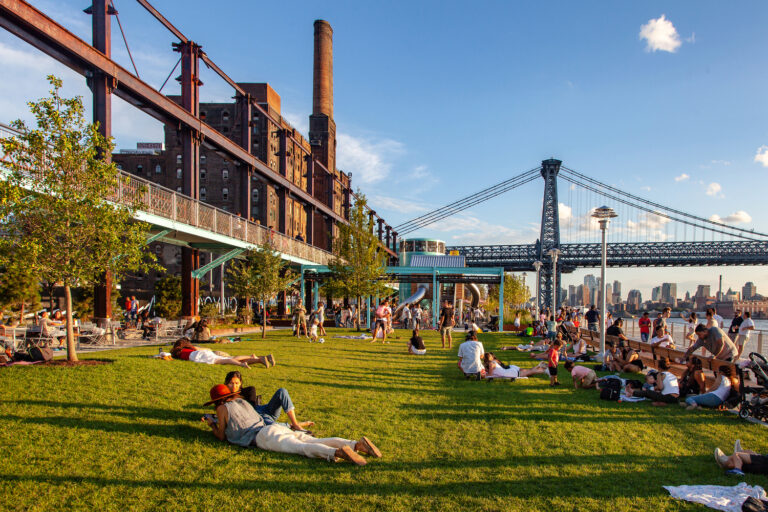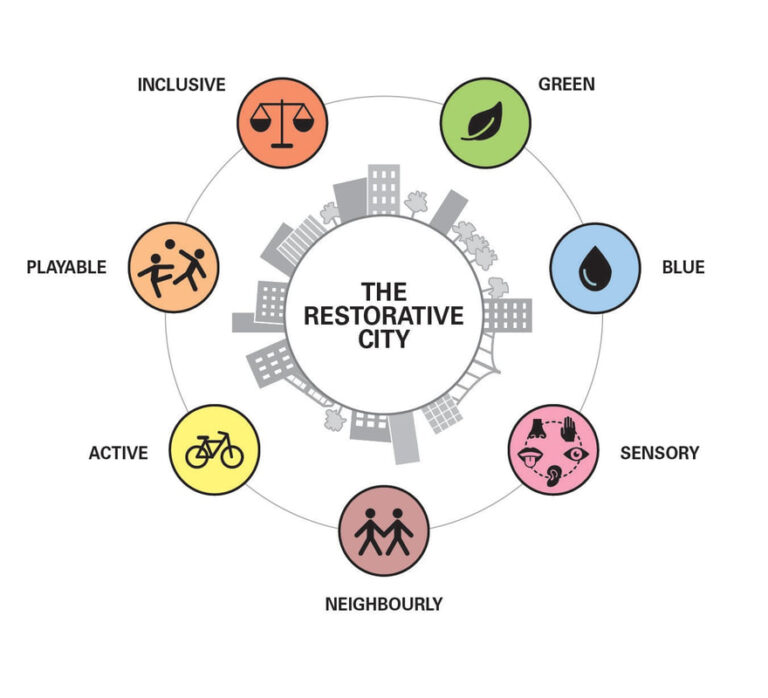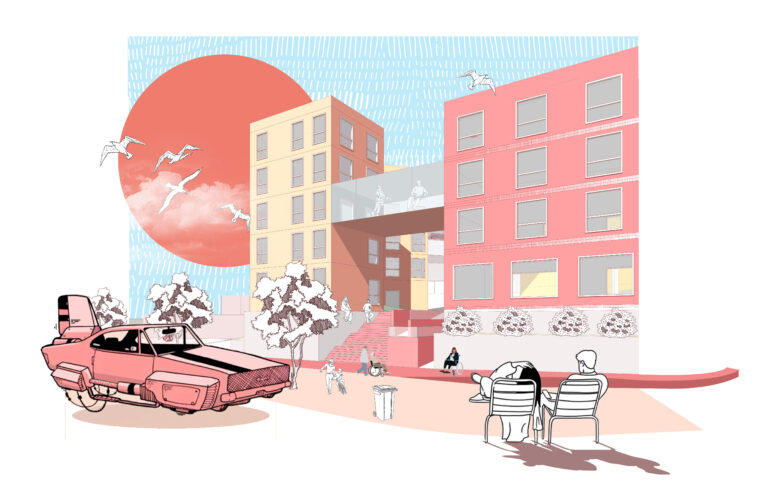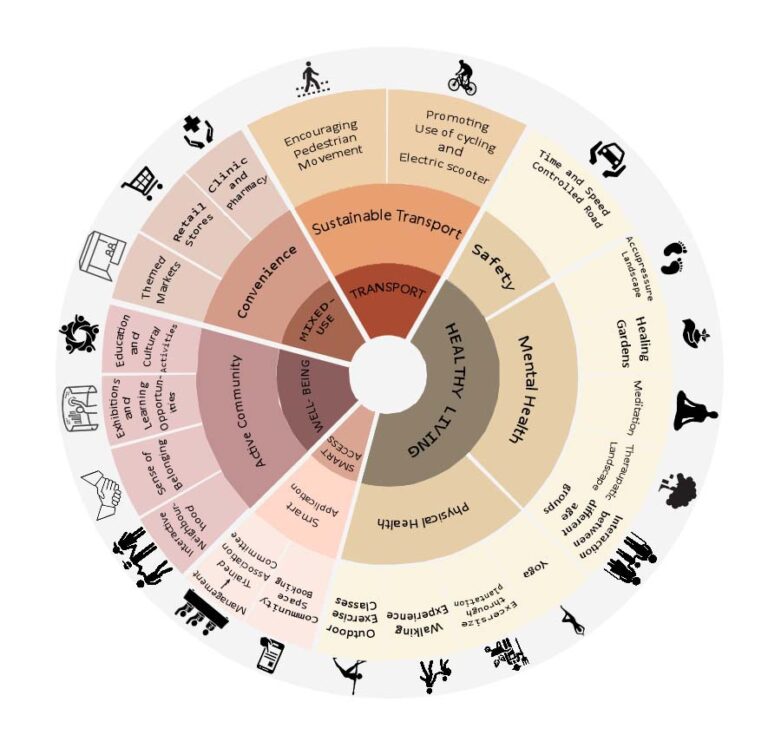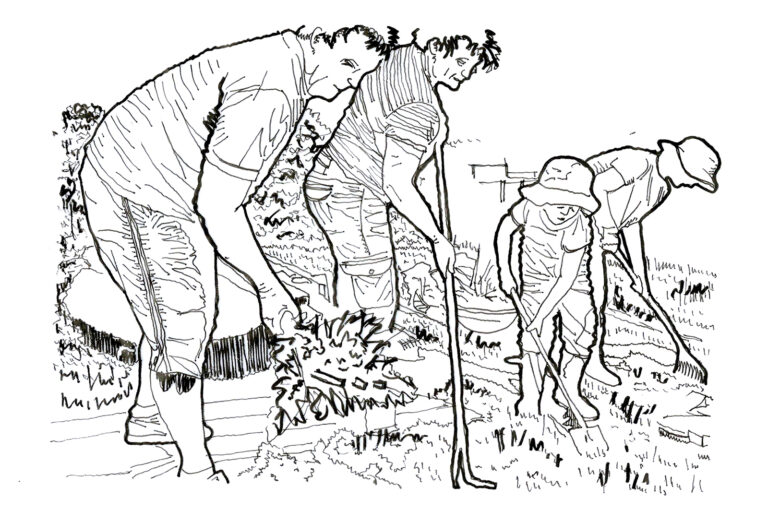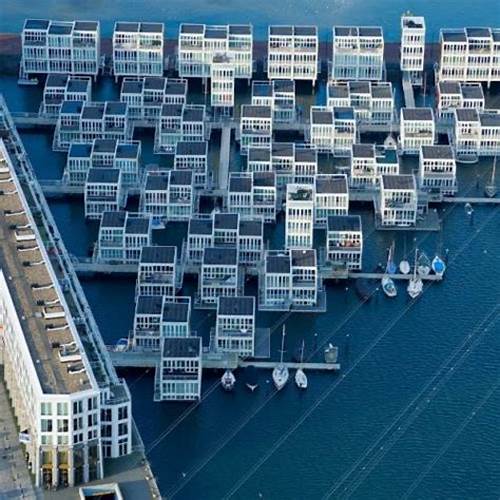
With predicted figures in the event of migration to the urban space in future, an alternative way of addressing housing needs may not be satisfied only with limited land left for development (HSB, 2023). Therefore, the solution lies within the river basins linearly sprawling across the edge of many riverside city developments. Although, floating architecture Read the full article…



